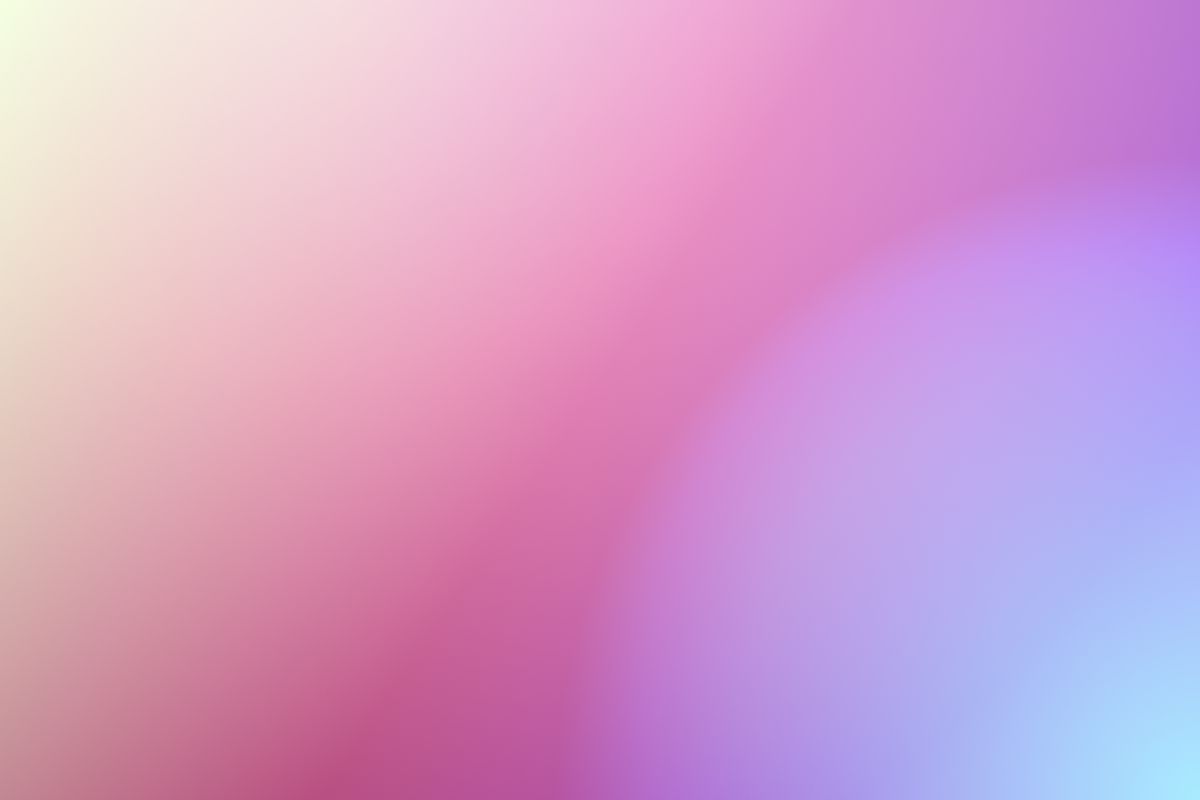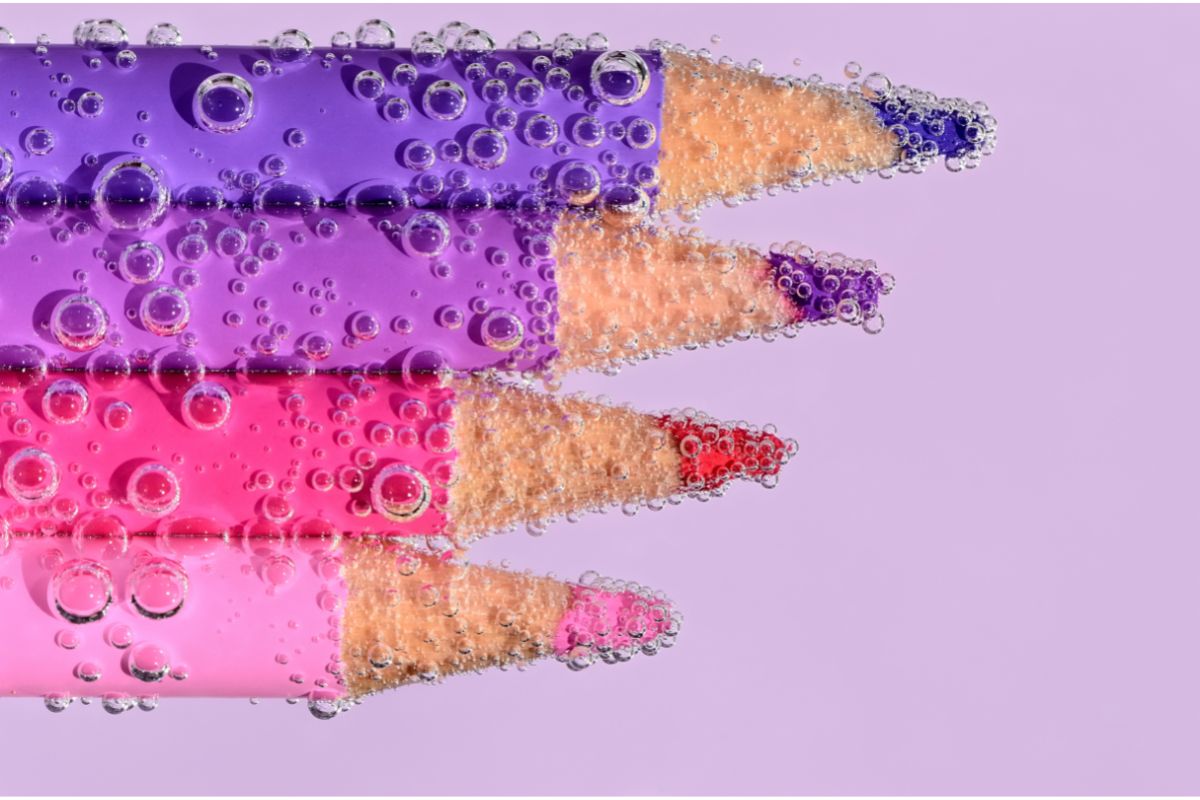In modern times, it is certainly true that paint can be expensive, especially if your chosen artistic medium is model painting or some similar hobby with specialist paints.
However, you can save yourself some money, time, and effort by mixing your own paint – and most specialist colors can be recreated by combining primary colors together in specific amounts.

This is true of the color purple, which can easily be created with the use of certain primary colors you might have in your paint set.
But how exactly can you create purple, and what colors do you need?
What Are The Primary Colors?
On the spectrum of color, the primary colors consist of red, yellow, and blue. These can then be used to create all of the other colors across the spectrum – the specific shades and tones of which can be modified with different ratios of each color.
How Can You Make Other Colors?
If you want to make secondary colors on the spectrum, these can be created by combining different primary colors – using different combinations and ratios of each color to create specifically different shades and tones.
For example, if you wanted to create green, you would need to combine yellow and blue, and likewise, if you wanted to create orange, then you would need to combine red and yellow.
How Can You Make Purple?
It’s true that purple is a popular and attractive color, but despite this, it is still not included in a lot of basic paint pots or collections – meaning those in need either have to purchase a separate pot, or create the color themselves.
We tend to opt for the latter, and it really couldn’t be simpler to make various shades of purple for whatever art project you might have in mind.
Basic Purple
To make a basic shade of purple, you need to combine red and blue in relatively equal proportions. This will create the basic, prime purple shade that most will recognize and associate with the color.
The specific colors of red and blue are permanent rose, and ultramarine blue respectively.
Blue-Purple
However if you want to create shades of purple that lean more towards the deeper, darker side – such as violet and some of the even darker shades of purple – then you will need to lean more heavily towards the blue.
This can either be done in the initial mixing – although this is harder to get right the first time – or you can simply create the basic purple and then increase the amount of blue in the mix until you reach your desired shade.
Red-Purple
However, if you want to create a warmer shade of purple that leans more towards the red end of the spectrum – such as mauve, wine, or raspberry – then you will need to add more red to the mix.
Once again, the best way to achieve the color you want is to mix a basic purple color, and then add more red paint gradually until you get the specific shade you have in mind.

Making Adjustments
If you are struggling to get the proper shade, then you can also make adjustments using black or white paint. This is good if you have created a color that is too dark and you want it to be lighter – or indeed, vice versa.
These should be used minimally, as using too much could ruin the end result – not to mention waste paint, which as we discussed above, is seldom cheap. Also, by using it in small increments, you have more chance of getting the desired shade.
What Additional Combinations Are There?
As well as the combinations described above, there are also several additional combinations you can make, depending on the specific tone of purple you want to create.
Muted Shades
Of course, if you want to make muted shades of purple – that is, less vibrant, pastel effect colors – then you can combine various purples with yellow in order to create that duller, slightly washed out effect.
For example, if you combine provence violet bluish with cadmium yellow you get a nullified version of provence violet. Likewise, if you combine it with yellow ocre you get a shade of purple that is even more washed out and nullified.
Dark, Rich Shades
If you are looking for much darker, sophisticated shades of dark purple, then there are also several color combinations you can use to get the desired end result.
Take for example dioxazine purple. This is already a dark shade, but to make it warmer and darker still, you can combine it with burnt umber – a shade of red/brown – to achieve this end result.
Likewise, if you want to make it even darker still, you can combine it with phthalo green and alizarin crimson to create a shade of purple that is almost black in color.
Earth Tones
If you want to create shades of purple that are earthy in color, then you can combine them with various brown shades to create the desired effect.
For example, if you want to create a pastelly, earthy purple, then you can begin with ultramarine blue, adding alizarin crimson, and finally burnt sienna to create the desired shade.
An even darker variation of this earth tone can be achieved by taking ultramarine blue, adding burnt sienna, and then adding a lighter, more vibrant cadmium red.
Final Thoughts
And there we have it, everything you need to know to make the color purple for your art projects, and creative activities.
The color people is certainly one of the most striking, and can add a little bit of attractiveness, intrigue, and stylish flair to any design, painting, or model.
So if you don’t have any purple paint, but you want to make some for yourself, then why not give these methods a try? Something tells me you won’t be disappointed!
- Master Crochet Stitches for Cozy Creations - January 23, 2024
- Half Double Crochet Guide for Cozy Creations - January 23, 2024
- Elevate Your Space with Unique Macrame Creations - January 23, 2024

